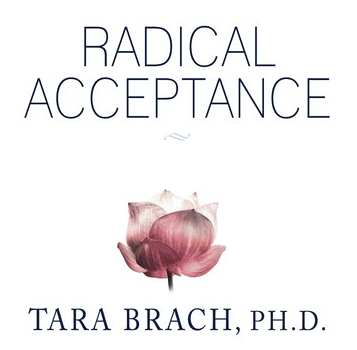

THE MIDDLE WAY: FINDING BALANCE IN MODERN PARENTING
Source/Author: Adrianne Finley Odell, Assistant Head of School
September 30, 2016
I have quite a few conversations with parents who, like me, have struggled at times to find the right balance between pushing and restraining their desire to push their children. Quite frankly, it can feel impossible to know what’s appropriate. On one hand, there is a belief that in order to be a “good parent” one must ensure one’s child is taking advantage of every opportunity, utilizing time well, and achieving what she or he is capable of. On the other hand, there’s the fear of pushing too hard, or feeling that anything one says as a parent could be a lightning rod, creating heightened anxiety and adding to the stress that one’s child is already experiencing on a daily basis.
Most of us just want our children to “be happy.” We hope they can experience a sense of balance that we have difficulty reaching ourselves. Yet we become conflicted when we attach our definition of happiness or success to our hopes and dreams for our children. Even if we choose not to attach our definition of happiness to what we want for our child, we may feel tremendous pressure when we see the incredible achievements of our children’s contemporaries. We wonder whether we should be more vigilant in ensuring our child works harder, gets good grades, chooses the right activities, and even builds his or her personal network. Similarly, we witness parents who have so dedicated themselves to their children that nearly every night is filled with swim lessons, math tutors, SAT classes, personal coaches or other activities in order to support their children’s success.
What to do?
I spoke with the school counselors at Shorecrest to learn about any recurring themes or trends they’ve seen recently in their work with students and parents. I asked them to share any insights that might help parents navigate the tricky task of parenting.
Dr. Pamela Hamilton, guidance counselor and AP Psychology teacher in the Upper School, shared that she is seeing two consistently common themes among students that have become more prevalent in recent years. The first relates to family life and transitions in the family. Any time there is any change in the family, it impacts the child to the core. Many students can compartmentalize to a degree, but generally it is an internal process that the students go through. “I didn’t see this as prevalent until the big recession of 2008,” says Dr. Hamilton. “That’s when kids started talking more about families. The topic of family is really important, whether it’s siblings, grandparents, aunts and uncles, even family pets. Parents play a huge role and any transition really affects the kids.”
The second big theme relates to the stress of the college process. “It has always been important,” says Dr. Hamilton, “but because of the competitive nature of college admissions and branding - related to perception of what makes a ‘good school’ or what makes a ‘great school’ - the college process has become even more stressful for students.” A number of changes in the Upper School have been aimed at reducing this stress, such as limiting the number of AP courses that students can take, encouraging students to limit the number of clubs and activities they sign up for, and creating a new schedule to support greater social-emotional health of students.
Dr. Hamilton says that parents can support their children through concerted efforts to really “hear” them and through recognizing that even as children get older, family relationships continue to have a huge impact on their sense of well-being and their stress levels. This is true even for the adolescent whose actions may leave one thinking that they only care about their friends versus their family. “Learn to listen to the kids—what’s really going on—instead of providing solutions. Give a space for students to explore their own thought processes.” As adults, we tend to want to try to fix unpleasant situations for children and make it better. Or perhaps we believe that the difficult situation is the perfect opportunity to share our perspective or give a mini lecture. Instead, Dr. Hamilton says that it’s more important to really listen. “Give children the space to think in their own heads what the particular situation means for them. There may not be an obvious answer for every situation, but let it be part of the student’s journey instead of jumping in to try and teach a life lesson. Not every moment is a teachable moment.”
Kate Fierce, school counselor for the Lower and Middle Schools, shared that she has become familiar with a parenting approach that comes from a place of love but that may not provide the best support for children’s growth. Similar to the desire to ‘fix it’ as described by Dr. Hamilton, Ms. Fierce sees a general parenting trend that has been prevalent across America related to the desire to protect children from all hurt, misfortune and sadness. “Research says when we deny children the opportunity to work through their disappointments or disagreements, we are also denying them the opportunity to learn the skills to advocate for themselves,” says Ms. Fierce. “If we jump in too soon to rescue them from every unkind word their child hears, the child internalizes the thought that they need someone else to solve their problems for them.” Ms. Fierce has been working closely with the Lower School faculty to implement a program called Love and Logic which is built on the premise of guiding children to learn to take responsibility for solving their problems as well as to think for themselves. The faculty have had some great experiences with this process and we expect that students will benefit by learning how to work through challenges with appropriate guidance.
While it is true that some parents struggle to refrain from jumping in to situations that are best left for the children to work through, the opposite can also be true. Not wanting to be seen as “that parent” who contacts the school for one issue or another related to their child, instead some choose to hold back from communication—perhaps not wanting to come across as one who ‘over-parents.’ Ms. Fierce recommends an approach she referred to as “sharing information as opposed to driving the car.” She encourages parents to pass along information to teachers or administrators that provide insight related to their child’s school performance or behavior. Two-way communication is essential in the parent-school partnership to ensure that the learning environment can be the very best it can possibly be for students. When the school is aware of concerns that the child is expressing at home related to school, or issues that are happening outside of school that might impact the child’s experience on campus, teachers are better able to provide the kind of guidance, support, and empathy to help the student ‘drive the car’ if appropriate, or assess when it’s appropriate to take over the steering wheel for a mile or two.
Reflecting on the conversations I had with Dr. Hamilton and Ms. Fierce, I thought back to the question I posed at the beginning of this piece—what’s the right balance between pushing too hard and not enough? And how do parents reconcile the struggle between knowing the incredible amount of work that it takes to accomplish a big goal or dream and seeing their children’s seemingly unrealistic ideas that they can procrastinate on a project or not put hours of practice into a sport or skill and still achieve excellence? I found some wisdom in a book I was reading on the plane to visit my daughter at her college Parent’s weekend—my first such weekend, as she has just begun her freshman year in college. The book, “Radical Acceptance,” talks about how many of us spend a significant amount of time fighting against rather than embracing what is. That fight is often about something we fear at a deep level rather than the situation itself. The following sentence in the book jumped off the page to me:“Underneath our fear of being flawed is a more primal fear that something is wrong with life, that something bad is going to happen. Our reaction to this fear is to feel blame, even hatred, toward whatever we consider the source of our problems: Ourselves, others, life itself.”
As I thought about that in reference to my experience as a parent, I realized how often I feared doing or saying the wrong thing. I recognized how easy it was to blame myself or others when things didn’t quite go the way I’d hoped. I also realized that each time I chose to do this I was modeling that fear-based approach for my own daughter. The times that I could step back and tell myself, “It’s going to be okay, you’ve done what you need to do, now it’s her turn to drive the car,” I was giving her the gift of unconditional love that was one of the most important ways I could support her “success.” Likewise, when I allowed her the space to make choices that may not have always been the best choices (like procrastinating on a homework assignment), and let her experience the consequences of her actions, the consequence—her grade—became an opportunity to learn and take responsibility for her choice.
I am coming to call this approach “the Middle Way to parenting.” It offers a framework for reconciling the challenging question of how much to push. The Middle Way is a path that offers a moderate approach to parenting that includes key components of:
- Unconditional love
- Listening without judgement
- Providing opportunities for children to make choices and experience the results of those choices
With the first component of unconditional love, we choose to let our children know that no matter what they do, we will always love them. We may be disappointed in some of their choices at times and we may be unbelievably proud of them for other choices. The deep and abiding love we feel for them is never diminished or amplified as a result of those choices.
The second aspect to the Middle Way to parenting, listening without judgement, is one of the biggest gifts we can give our children as Dr. Hamilton reminds us. It is vital to give our children the space to express their concerns and fears without offering our opinion or feedback—unless—they request it! This is especially true for our adolescent children—and one of the most difficult to practice.
The third aspect to the Middle Way, allowing children to own the results of their choices, is empowering for children when they realize that they can be “in the driver’s seat,” and that ultimately they can realize that they are responsible for the choices they make and the outcomes of those choices.
As a parent, your heart aches for your child’s success and there is a weight to the expectations in the child-parent relationship that may not be present in any other relationship a child has. Teachers can be great partners in supporting parents to embrace the Middle Way with their children. They can push students in ways that parents may not be able to because their hopes and dreams for our children are similar to coaches who guide their players to success. They take great pride and joy in their accomplishments but without the dynamics related to family attachment. That opens the door for parents to spend their energy continuing to provide the tools for their children to explore their passions—including a school and home environment conducive to learning—and to focus on loving their child unconditionally.

